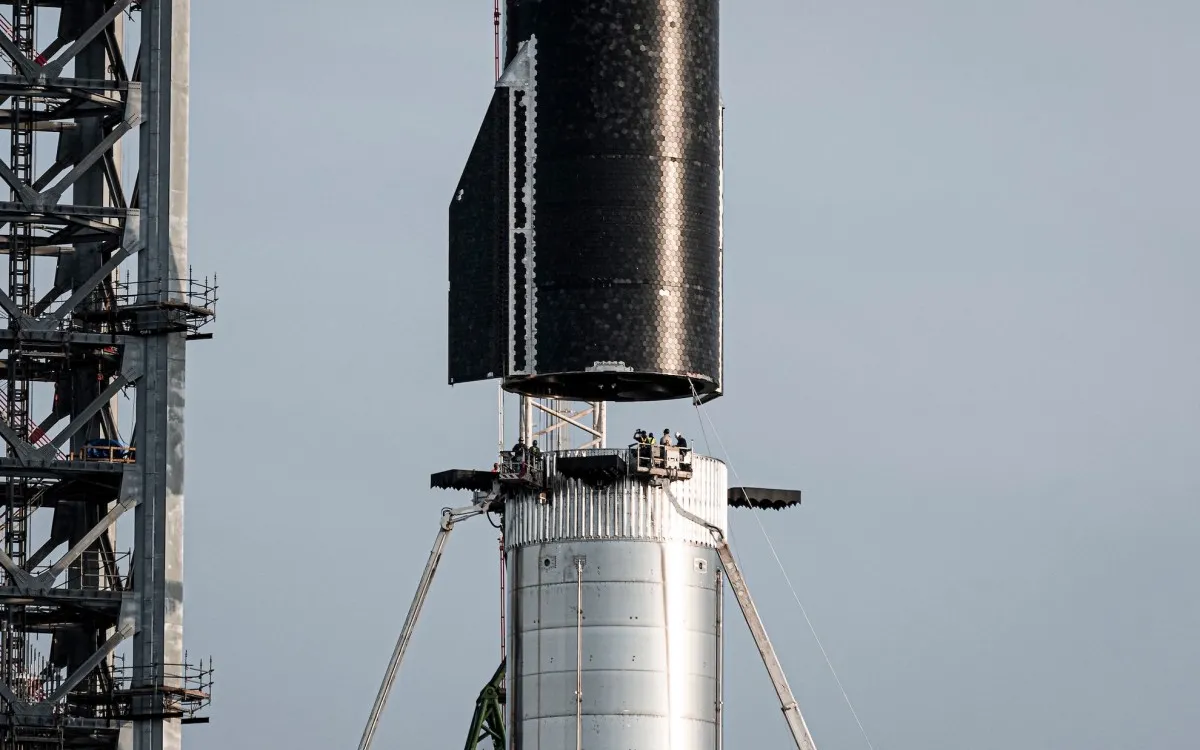
According to a review of SpaceX employee safety records by TechCrunch, workers at the Starbase facility are experiencing significantly higher injury rates compared to other SpaceX manufacturing sites. Located in Texas and recently incorporated as its own city, Starbase has reported injury rates nearly six times higher than the average for similar space vehicle manufacturing companies and almost three times higher than the overall aerospace manufacturing average for the year 2024, based on data from the Occupational Safety and Health Administration (OSHA) released in May.
The high injury rate at Starbase has been consistent since 2019, when SpaceX began sharing its injury data with OSHA. This facility is critical to SpaceX's ambitious project—the Starship, a fully reusable, ultra-heavy-lift rocket designed for various missions, including launching Starlink internet satellites. Following the first orbital test of Starship in April 2023, SpaceX has attempted eight additional integrated flights, achieving notable milestones such as catching the massive Super Heavy booster with specialized “chopstick” arms during three of those tests.
The implications of these rising injury rates are significant. Although injury statistics alone do not completely depict the safety culture at Starbase, they provide valuable insight into the working conditions at one of the leading space companies globally.
To assess workplace safety, OSHA employs a standardized metric known as the Total Recordable Incident Rate (TRIR). This metric allows for comparison between companies, including competitors like Blue Origin and United Launch Alliance. However, the publicly available data has its limitations, as it does not differentiate between minor injuries, like requiring stitches, and severe accidents, such as amputations. TechCrunch calculated the TRIR using data that accounts for the total number of incidents relative to the total hours worked by SpaceX employees at various facilities.
Starbase stands out with a TRIR of 4.27 injuries per 100 workers in 2024, employing an average of 2,690 workers. Injuries at Starbase have resulted in a total of 3,558 restricted-duty days and 656 lost-time days, where employees were unable to work at all. This injury rate starkly contrasts with the broader industry trend; the injury rate for space vehicle manufacturing has plummeted from 4.2 injuries per 100 workers in 1994 to just 0.7 injuries per 100 workers in 2023, according to historical data from the Bureau of Labor Statistics (BLS).
Across all of SpaceX’s manufacturing locations—including engine development in McGregor, Texas, Starlink satellite production in Bastrop, Texas, the Falcon rocket complex in Hawthorne, California, and another satellite manufacturing site in Redmond, Washington—the overall TRIR is 2.28. While Starbase's TRIR remains the highest among SpaceX's facilities, other locations also report elevated rates, such as 2.48 at McGregor and 3.49 at Bastrop, surpassing the industry average of 1.6.
Debbie Berkowitz, a former OSHA Chief of Staff, highlighted that Starbase's TRIR signals significant safety issues needing immediate attention. However, there's ongoing debate among safety professionals regarding the reliability of TRIR as a definitive measure for predicting serious incidents, especially in smaller companies. A recent study suggested exploring alternative safety performance metrics instead.
Over the past four years, OSHA conducted 14 inspections at SpaceX facilities, with six focusing on accidents and injuries at Starbase, including serious incidents such as a partial finger amputation and a crane collapse. Investigative reports from media outlets like Reuters have unveiled hundreds of previously unreported injuries, including severe cases and even a fatality.
NASA has a vested interest in the development of the Starship, planning to utilize the rocket for human lunar missions within this decade. The agency has committed over $4 billion to SpaceX for two crewed flights to the Moon. Contracts between NASA and SpaceX include specific clauses that permit the agency to take action in cases of severe safety breaches, such as fatalities or repeat OSHA violations. While a high TRIR could indicate safety concerns, it does not automatically trigger action or classify as a "major breach of safety" under their agreements.
A NASA spokesperson stated, “Safety is paramount to NASA’s mission success,” emphasizing the agency's continuous collaboration with SpaceX to foster a healthy safety culture.
In the broader context of the aerospace industry, Starbase maintains a higher injury rate than its counterparts. For example, the TRIR at United Launch Alliance's facility in Decatur, Alabama, stands at 1.12 injuries per 100 workers, while Blue Origin's rocket park in Florida reports a rate of 1.09. These comparisons highlight the pressing need for SpaceX to address safety concerns at Starbase to ensure the well-being of its employees while pursuing its ambitious space exploration goals.